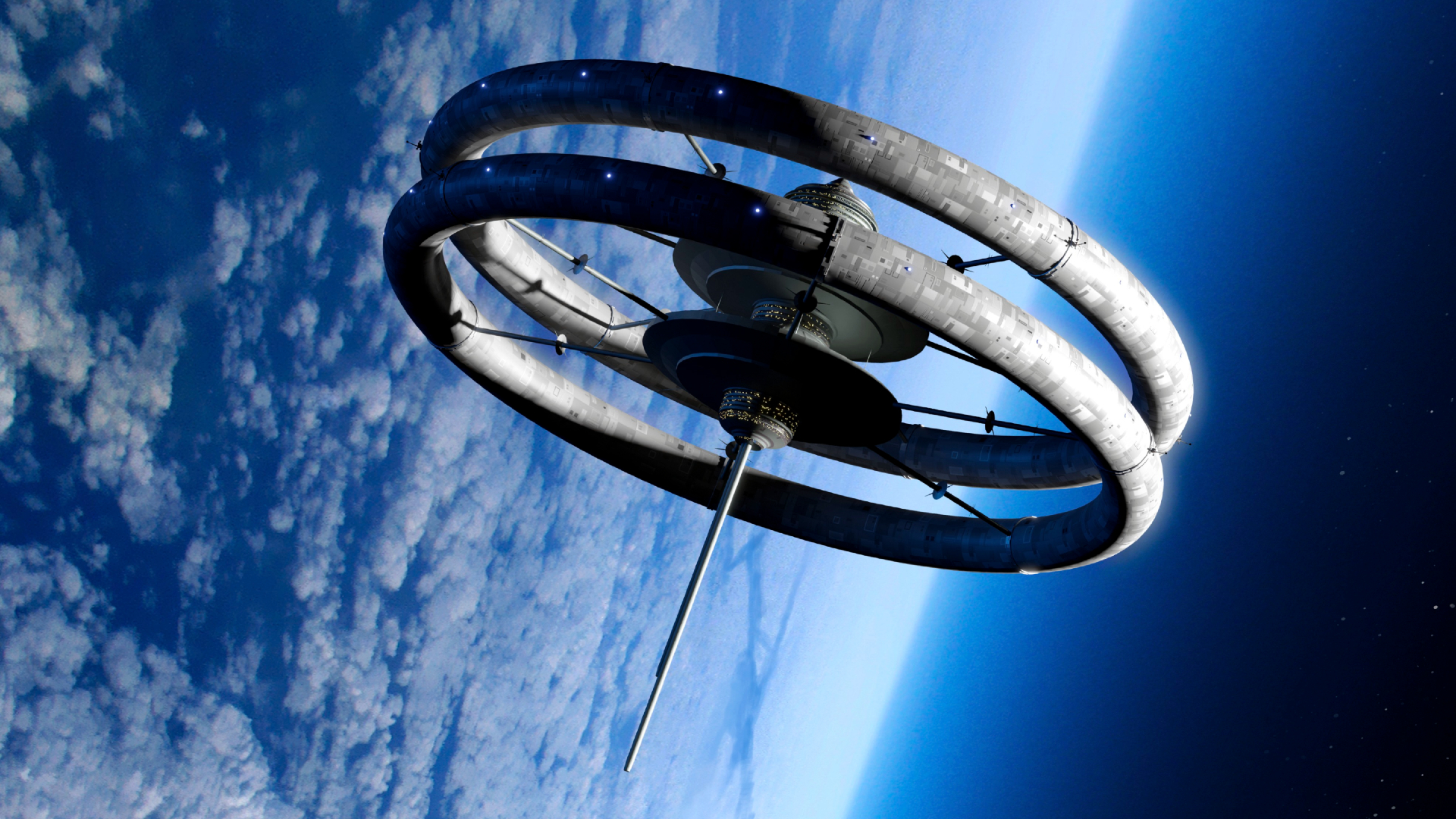Report: Strategic Space Plan for California
Spacestakeholders in California are tackling a diverse set of 21st century issues,from the graying of the aerospace workforce to meeting the challenge of globalcompetition.
A California Space Enterprise Strategic Plan 2007-2010 was issued November 30, orchestrated by the California Space Authority (CSA),headquartered in Santa Maria, California. The CSA is a nonprofit corporationrepresenting the state's commercial, civil, and national defense/homelandsecurity interests.
Theplan weighed the concerns of industry, government, workforce groups, educationand academia to help blueprint further space enterprise development in thestate.
"California space enterpriseis a major player on the world space stage," noted Mark Crowley, Chairman ofCSA's Board of Directors and a Vice President for Lockheed Martin Space SystemsCompany.
Inthe report, Crowley observed that California's piece of theglobal space action accounts for nearly $22 billion worth of space revenues - that's19 percent of the world's space market. The total economic impact of California space enterprisein 2005, not even including revenues from classified programs, was over $52billion, with a total job impact of 265,500, he reported.
Diverse interests, workforce worries
Over200 individuals representing more than 120 companies and organizationsparticipated in the development of the plan. To help coordinate the diverseinterests of California space stakeholders, CSA used its California Space Enterprise Advisory Council (SEAC) as acoordinating body. Additionally, the process included face-to-face meetings,telecons, personal interviews, "webinars", group discussion, panels, surveysand electronic inputs.
Breaking space news, the latest updates on rocket launches, skywatching events and more!
Highlightedin the report are numbers of California-related space organizations andprojects, including: Space and Missile Systems Center at Los Angeles Air ForceBase, Vandenberg Air Force Base, the nation's first inland spaceport in Mojave,California, as well as the multi-year mission of the Spirit and OpportunityMars rovers - a space exploration endeavor managed by NASA's Jet PropulsionLaboratory (JPL) in Pasadena, California.
Theplan details over 100 specific recommendations. Areas of interest for policy/legislativemonitoring and advocacy are identified as well.
Onekey area particularly troubling is spotlighted in the report - the agingaerospace workforce. Steps are identified in the plan to deal with educationand workforce development.
Thereport underscores a number of workforce worries, such as: weak infrastructurefor science and technical education in California for 21st Century learning; lack ofmotivation/inspiration among students for math and science; lack of real worldexpertise in schools, education experience in industry; and lack of continuityof efforts across public and private sectors.
Strategic initiative areas and goals
Withinthe report's pages, areas likely to have significant or even transformationalimpact on the California space enterprise community are flagged, specifically:space tourism, supply chain transformation, U.S. competitiveness in science and technology,criticality of a 21st century technical workforce, and the newly issued WhiteHouse space policy.
Theover 50-page California Space Enterprise Strategic Plan 2007-2010 isshaped around five strategic initiative areas and goals:
--Space Business Development, Retention and Growth: Provide a positive,supportive business climate and space enterprise environment, addressingobstacles to and opportunities for California space enterprise competitiveness -- California Space IndustrialBase Vitality: Sustain and enhance California's space-related manufacturing andsupplier network and its supporting infrastructure
--Science, Research and Technology Development: Foster and support space-relatedscience, research, technology development and innovation
--Education and Workforce Development: Enhance space-related education and ensureappropriate 21st Century space workforce
--Public and Policymaker Awareness: Educate the general public as well as California policymakers --local, State and Federal -- about the benefits, scope and needs of California space enterprise
Home base for space tourism
California's role in theblossoming space tourism industry is highlighted in the plan.
Thespace tourism industry officially started in 2001, says the report, when LosAngeles, California-based businessman Dennis Tito lifted off from Russia on a ten-dayorbital adventure visiting the International Space Station. Tito was the firstindividual to personally pay for a space experience.
Thespace tourism market is for real and one that California is spearheading,said John Spencer, founder of the Space Tourism Society in Los Angeles. He was aparticipant in the California Space Enterprise Strategic Plan2007-2010.
"California is home base formuch of the space enterprise/tourism industry," Spencer noted, "because it hasa unique combination of the aerospace, entertainment, travel/tourismindustries, progressive investment community, spaceport infrastructure and hugemedia resources."
Spencernoted in the plan that California is also home base for space tourism groups such as theX Prize Foundation, the Private Spaceflight Federation, the Zero GravityCorporation and many others.
"California's openness to newideas, technologies and markets has been a catalyst for trend-setters fordecades," Spencer reported. "The future of the space tourism industry islimitless and our prediction is that it will continue to be focused in California, wheretransformational space was born and thrives."
Toview the work of the California Space Authority, go to:
http://www.californiaspaceauthority.org/
- VIDEO Coverage of the X Prize Cup
- Complete Coverage of the X Prize Cup
- Top Contender for Lunar Lander Prize Crashes
- Lunar Lander Rocket Flies But Fails In Bid For Prize Dollars
- Challenges Ahead for Spaceport America
- Astronaut Advice for Future Space Tourists

Leonard David is an award-winning space journalist who has been reporting on space activities for more than 50 years. Currently writing as Space.com's Space Insider Columnist among his other projects, Leonard has authored numerous books on space exploration, Mars missions and more, with his latest being "Moon Rush: The New Space Race" published in 2019 by National Geographic. He also wrote "Mars: Our Future on the Red Planet" released in 2016 by National Geographic. Leonard has served as a correspondent for SpaceNews, Scientific American and Aerospace America for the AIAA. He has received many awards, including the first Ordway Award for Sustained Excellence in Spaceflight History in 2015 at the AAS Wernher von Braun Memorial Symposium. You can find out Leonard's latest project at his website and on Twitter.
